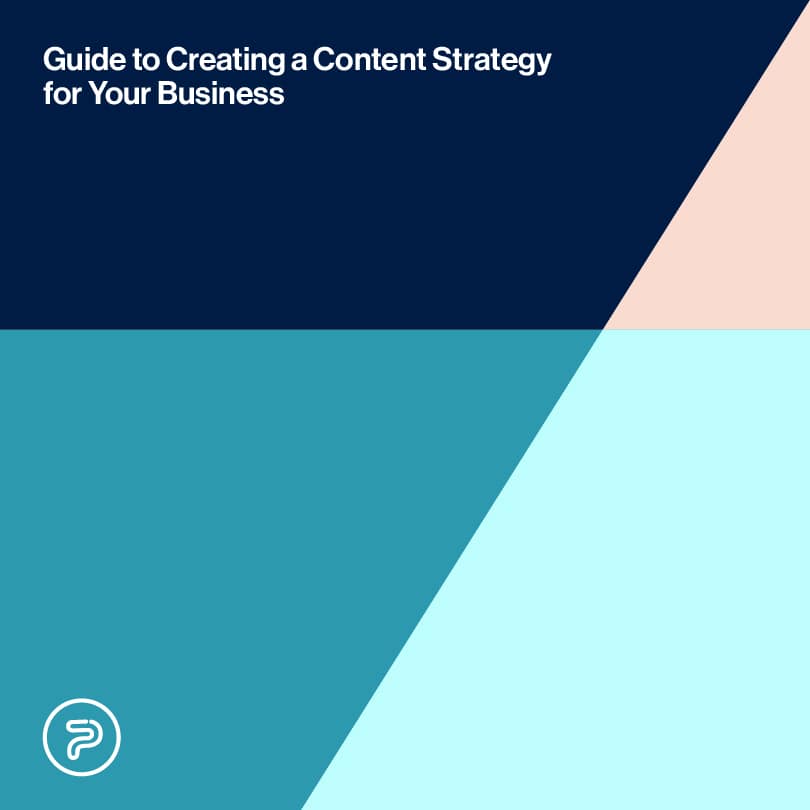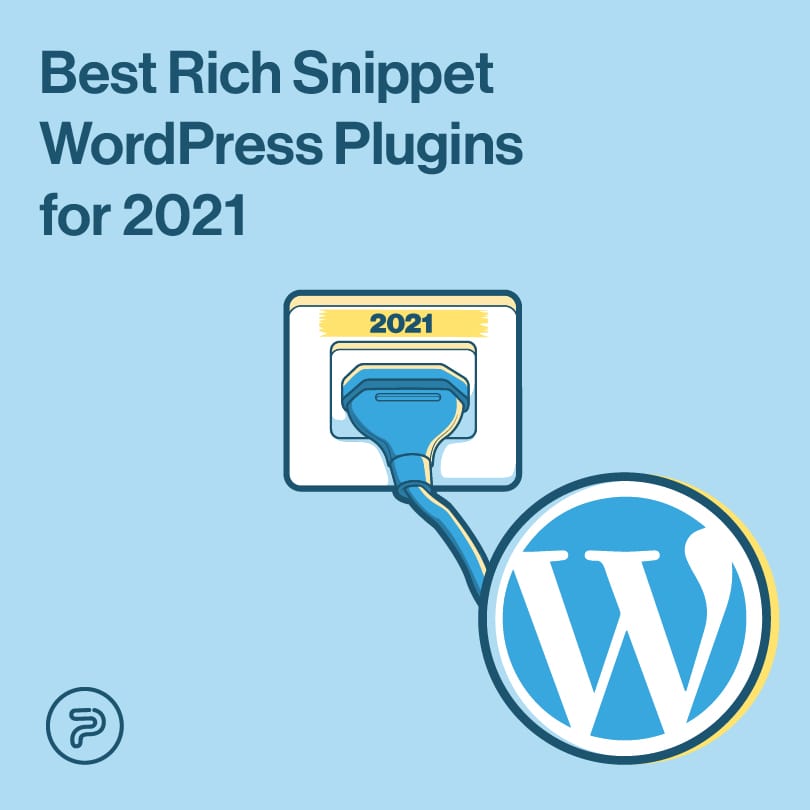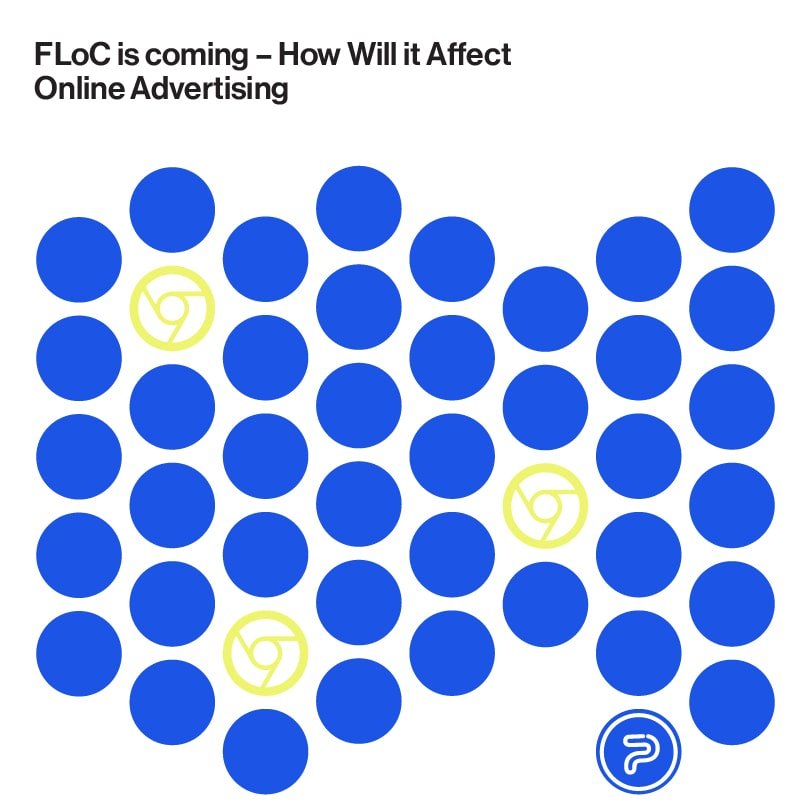If you’ve been into the game of digital marketing, then you’ve probably heard marketers saying “content is king”.
Well, this is true for several reasons. Your content is pretty much the bread and butter of what you have to offer to your audience.
And as such, you have to make sure that the way you’re researching, creating, and publishing content is up-to-date keeping your prospects, customers, and general audience engaged so when they’re ready to pull the trigger on a service or product such as yours, they won’t hesitate and will reach out to you.
To keep being ahead of the curb, you need to have a smart content strategy. In this blog entry, we will aim to discuss all the steps you need to create said solid strategy and also touch bases on some effective ideas for even more inspiration.
What is a Content Strategy Exactly?
In simplest terms, your content strategy is the plan of how you find your content ideas and the way you turn those into actual content published on your website, offering value to your customers, and at the same time, helping you reach your business goals.
For example, one of your business goals might include raising more awareness for your brand. If this is the case, you might create a content strategy that’s more focused on an SEO-heavy approach to increase your website’s overall visibility and drive more traffic to your site.
Some newcomers to the business world think that a content strategy isn’t something entirely necessary in the early stages. However, a plan that focuses on regularly producing and publishing high-quality content that serves particular business purposes can help give companies that competitive edge and build trust early on that will ultimately lead to success in the long run.
The conception and implementation of a content strategy is a process, that requires a strong team and all the basic project management procedures. The two vital phases in which a content strategy usually unfolds are:
- developing a content marketing strategy
- developing a content plan
More often than not, a reliable content strategy is the base of a great buyer’s journey, meaning, it can also double as something that can improve sales enablement and customer satisfaction apart from attracting new prospects and customers.
Before sitting down to actually forge a strategy (with or without the help of professional digital marketers), there are a few questions you will need to ask yourself.
Who Will Your Audience Be?
Who do you want to target with this content? Does your business generally have one type of customer? Or, do you need to come up with something that has a bit of something for everyone?
If the latter is the case, you can use different content types and channels that can help you with showing the right type of content to the right type of people on the right platform.
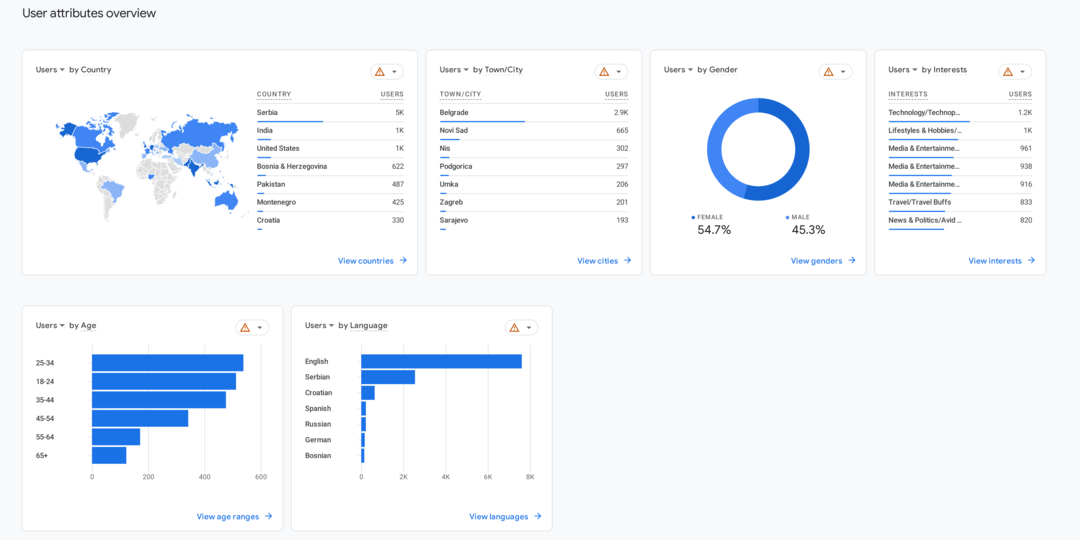
What Problem Are You Solving?
For your audiences, that is. You probably know that your products and services aim to solve a problem for your potential buyer/client. Your content kind of works the same way. It should coach and educate your prospects about this problem as soon as they identify it and start addressing it.
That being said, a rock-solid content strategy caters to people on both sides of the spectrum. It helps those who are still figuring out the problem in its entirety and to those too who are already using your goods to fight said problems and challenges. As such, your content should reinforce the solution you’re offering through the product and help your buyers become better at actually using your product.
What Makes You Stand Out?
Chances are, that your competitors are addressing the same problems with similar products that boast similar features. Because of that, you need to figure out what makes you stand out and what makes you better, or different. Your content can help you with this immensely. Through your content, you can prove that your product is worth the purchase, and you, as a brand, are worth listening to.
Focusing on Format
Will you be heavy on videos or blogs? Are infographics your thing? After having brainstormed the topics you will want to discuss, you’ll also need to choose the format that will best suit your business, brand, and budget.
How About Your Publishing Channels?
Apart from having different formats for your content, you can also choose between different channels for publishing. These can be your blog and website, social media pages, and so on.
What About Management?
Brainstorming for ideas and talking about formats and channels can all be fun, but in essence, not even the most bullet-proof content strategy will work if you don’t commit to regular content creation and publication.
You don’t want to clutter your channels with content that you pump out on a daily basis. Also, you will want to avoid publishing one topic a year. Creating the best content schedule and calendar can be difficult, so it’s always a great idea to reach out to your digital marketers who are already experienced and well-versed in these questions.
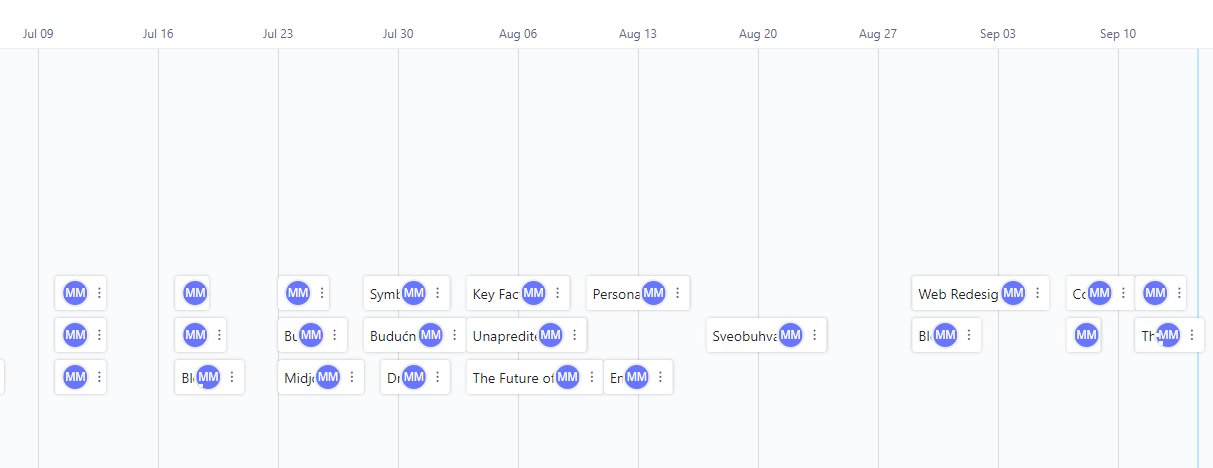
The Importance Of a Content Strategy
First of all, a good content plan helps your business create a rather reliable influx of website traffic and new prospects in a rather cost-effective way.
From that perspective, if you manage to create a single blog post that has a constant amount of organic traffic or a link to a free tool or ebook, you will be able to generate a steady amount of leads even months after publishing the content.
Once you manage to create steady traffic through evergreen content, you can go ahead and leverage it with other tactics and ideas as well. Social media advertising, sponsored content, distributed content, are all viable options when done right.
Creating a Content Strategy
So, now that we’ve managed to touch bases on the essence of content marketing, here’s a rundown of the necessary steps you need to go over to devise a strategic content plan.
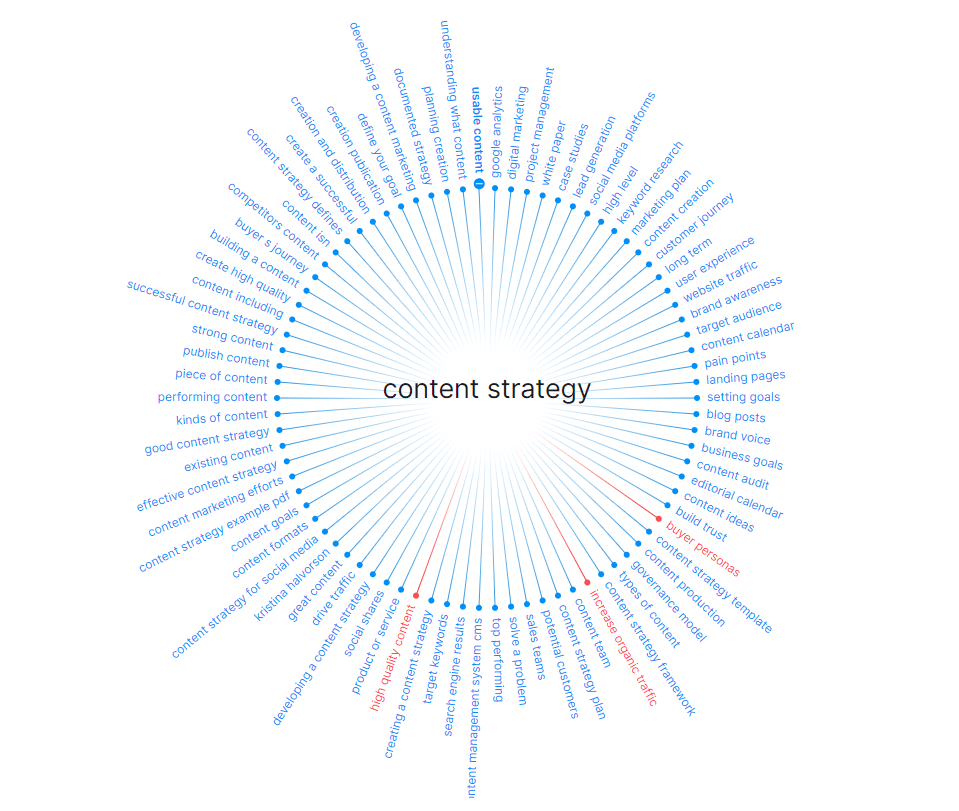
Determine Your Goal
What’s the main driving force behind creating a content strategy? Why do you actually want to create content and a strategy in the first place? Do you want to improve brand awareness? Are you looking to improve your traffic? Do you want to promote a specific service or product?
Knowing your goals before forging a plan is essential since you will have an easier time pinpointing what’s the best course of action.
Don’t Skip on Persona and Topic Research
In marketing, we want to handle and maintain the customer journey for the mutual benefit of a business and the customer. In order to be able to affect it, we have to understand the needs, wants, and values of our customers.
To do that, marketers create one or multiple “buyer personas”. These are ideal models of potential customers. For example, a buyer persona for a team promoting make-up products is a young female. Or, in the case of a team writing content for anti-hair-loss shampoo, their buyer persona will most probably be something close to a middle-aged man. The buyer persona can be described with more demographic details, such as location, previous online behavior, etc.
There are various tools to assist you with designing your buyer persona. Facebook insights and website analytics are only the most popular ones.
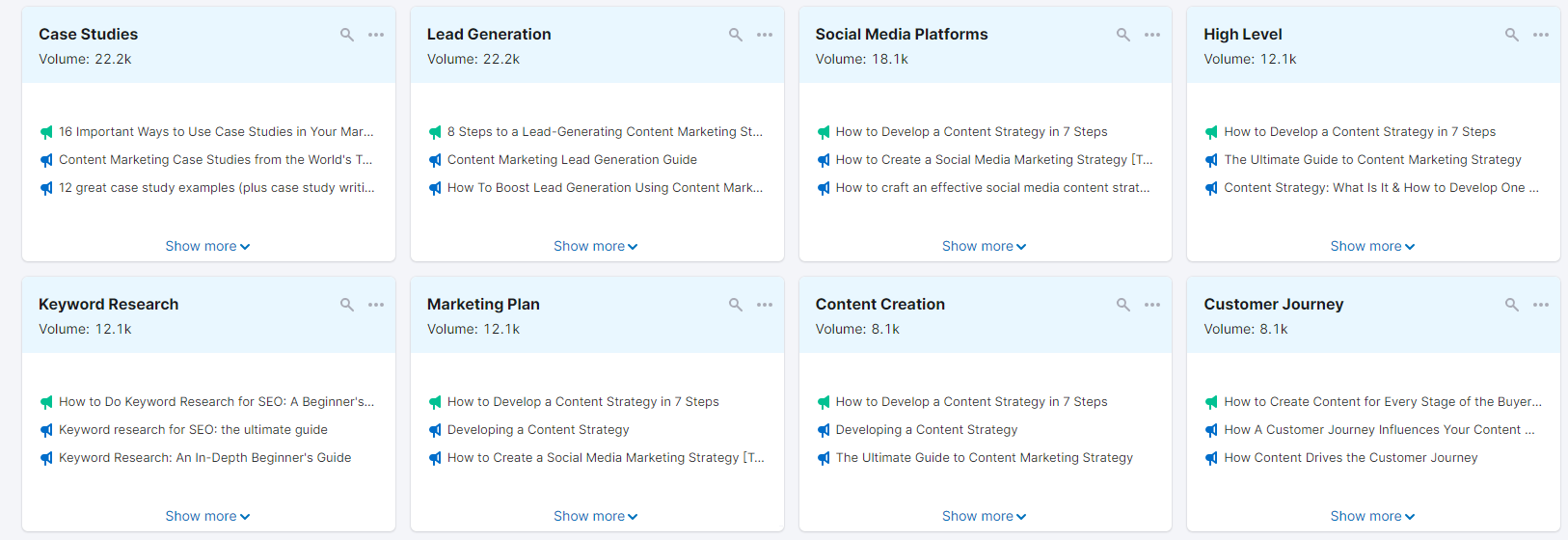
Content Audit
This pretty much ties into content research and inspection. Most business owners start out with blogging, but you can take any other route.
However, if you have the resources, you can also publish weekly videos or podcasts if you want to offer a totally different format or spice things up.
Furthermore, if you’ve been running your business for a while now, it makes sense to review your content marketing practices.
Take a look at what you can do potentially better from the last year. Set new goals, alter your strategy a bit.
Opt for a Content Management System
Having a good CMS or content management system enables you to track your efforts with ease, create, manage, and publish all your content in one place.
There are quite a few systems out there and most of them boast quite awesome features.
For your best choice, you can always dig around the internet, or you can always ask your digital marketing partners to help you out with finding the best system for your needs and goals.
Brainstorming Ideas
After conducting the necessary content and audience research, you pretty much probably have a few topic ideas all ready for your next project. In this phase, apart from coming up with topics, you should also probably think a bit about publishing frequency here, especially if you want to operate with more intricate formats.
Will you only post blogs? Will you also venture into the world of ebooks and infographics? Will you be also heavy on custom images, video, and audio? If yes, how would you cover these topics? Is your budget up to the task?

Brainstorming is an essential part of coming up with the value part of your content. For this purpose, you can use several handy tools, look at the latest trends, and you can always ask your digital marketing specialists. The latter probably know the latest trends and might be able to help you to come up with fresh and valuable content ideas with ease.
Opting for Format
As you probably have seen by now, there are several types of content out there and several formats you can use to create them.
Here, we will discuss the most popular options.
Blog posts:
Published regularly on a website, these formats mostly target attracting new visitors constantly. In general, these posts should always focus on providing value for the reader (which can also help later on when they decide to share said blogs on social channels). There are several trains of thought when it comes to good blogging practices, however, most experts argue that ideally, good blogs are between 1,000 and 2,000 words in length.
Ebooks:
Great lead-generating tools that your prospects usually download by agreeing to give you their contact info. These formats are usually longer, dissecting topics more from an in-depth perspective.
They are a bit more intricate than posts and less frequent and may have several purposes.
If used right, ebooks can be great not just for generating leads, but also for conversions later on in the buyer’s journey, as the more in-depth approach can help tip the scale into your favor with a well-written ebook.
Also, generally speaking, ebooks are the next step of the process of inbound marketing. After reading the blog post, your visitors are looking for more info about a particular topic/problem/service/product. And by submitting their contact info and downloading your ebook, you give them the chance to get closer to your business, and with their contact info in your hand, you can target them with other content as well (think email newsletters).
Case Studies:
This format lets you work with a customer and tell their story of how they succeeded to solve their problem. Not necessarily a format, more of a general content marketing type, case studies can be infographics, podcasts, ebooks, blog posts…
Your goal here is to show to your prospects that your service/product is up to the task,
Infographics:
These content types do a great job when it comes to visualizing and organizing data in a more compelling way than for example a blog post where you try to present the same figures but only with words. It’s a great format for sharing lots of data in a way that’s easy to digest.
Templates:
Also a great format to try because they also help you with generating leads and at the same time, they can hold great value for your audience. They can help your audience save time and do a better, more effective job, and in return, the chances of them returning and engaging with your content are better.
Videos:
When it comes to the most engaging formats, video is probably the number one across the board. Shareable across websites and social platforms alike, they might require a larger budget and are more time-consuming to create, but it’s also that more engaging and enticing for most visitors. Roughly, video content gets 40x more shares on social media platforms than any other content type.
Video content is probably among the most demanding formats and as such, you shouldn’t approach it without proper preparation. If you wish to experiment with it, make sure to assess whether you have the time, resources, equipment, and dedication to produce high-quality video content regularly.
Podcasts:
If your audience simply doesn’t have time to read regularly, podcasts are a great way to keep them engaged. Especially now that audio podcast consumption is on the rise (and not just in the US).
If you have a couple of interesting people you can interview or have a few great topics that can serve as great podcast material, this format can be really fun to experiment with, not to mention, it can also be rather fun and exciting.
Organizing Your Content: Make an Editorial Calendar
Coming up with great ideas is one thing. Managing your content efficiently is another. Think about frequency, establish a schedule, and stick to your editorial calendar to make sure your efforts are well-balanced and that your content is diverse enough to reach everybody in your audience.
Also, think about laying down the foundations of a social media content calendar, so you can promote your pieces on your social pages.
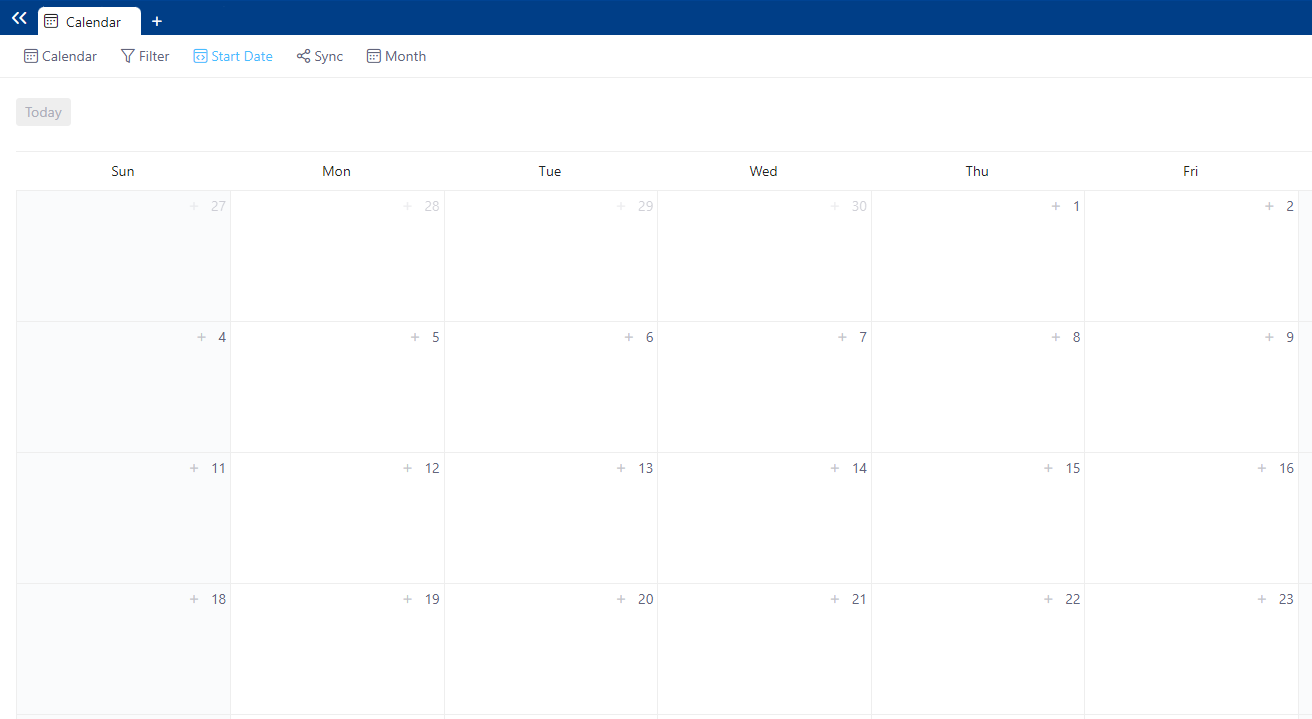
Pro Tip: Don’t Leave Out Your Social Channels!
When you regularly create and publish content on your website, it would be a sin not to leverage the power of your social channels and distribute your content on those platforms as well.
This can range from repurposing your content into new formats across these channels, simply sharing them, or even creating original content specifically for these platforms.
Social posting has basically become pivotal when it comes to increasing brand awareness and brand reach. It’s also a great way to make your content more available for people who don’t really visit any other sites apart from social platforms.

When it comes to posting, one of the most important things to assess is the preferred format. In the case of Instagram, you will want to post photos, videos, and graphics that advertise your products and services. Apart from that, you can also opt for photos that convey your brand’s spirit and message, user-generated content, and even behind-the-scenes footage.
On the other hand, if you opt to post on Facebook, you will see that you will have more options. Here, you can share photos, videos, blog posts, website content, product promotions, and a wide array of other different things.
Every platform has its own specific role in the so-called social hierarchy and knowing what to post where can enhance not just the efficiency of your content marketing strategy but your brand’s online presence overall.
Doing the same basic research in the world of social media can benefit you in this perspective and so does reaching out to your partners at your preferred digital agency, where social media specialists already probably have a few good moves in store for you to promote your brand via your channels.
Examples
There are several goals you can achieve with content marketing, and it’s probably best to demonstrate the different types of marketing efforts through a few examples.
To kick things off, let’s start with SEO-focused strategies.
SEO-focused strategies are concentrated more on increasing traffic than anything else. For example, the brand Evernote (a note-taking app) focuses its entire content on attracting new leads. They target productivity as their main theme, and thus, also target people who are interested in boosting productivity (and using a to-do list is a great way to start getting more productive).
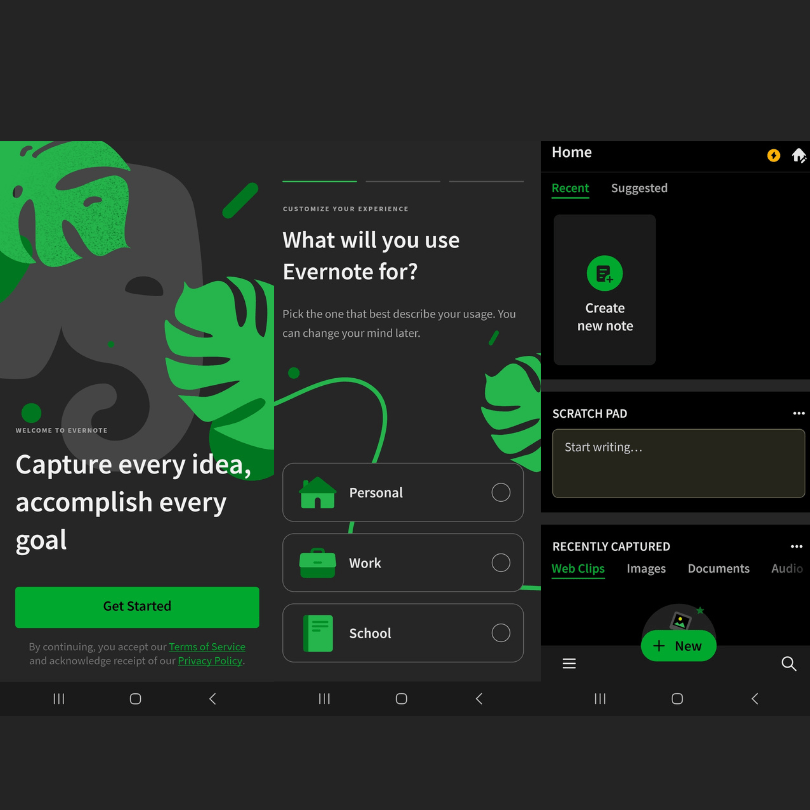
On the other hand, you can also use the content as a tool to boost sales. In this case, the content is more focused on introducing a product or a service, highlighting its main features, and showcasing how it differs from the rest of the products/services from the same niche.
Finishing Thoughts
Without a doubt, hammering out a good and reliable content strategy takes a lot of time, planning, knowledge, and patience.
From building a foundation to your plan to adding the best tools for your arsenal for the better overall management, forging a rock-solid strategy can also be quite daunting and confusing even. However, with this guide, you at least have a shoulder to lean on if you need help.
On the other hand, you can always reach those who provide your preferred SEO services. The experts there can help you come up with a good strategy, and they can even take over your content management duties so you can focus more on your business.
We would like to hear your opinion on this subject matter. Do you struggle with your content strategy? Do you prefer creating it yourself or choosing to collaborate with content marketing specialists? Which part of the process do you find the hardest to execute? Share your thoughts in the comments below or on our Facebook page.
